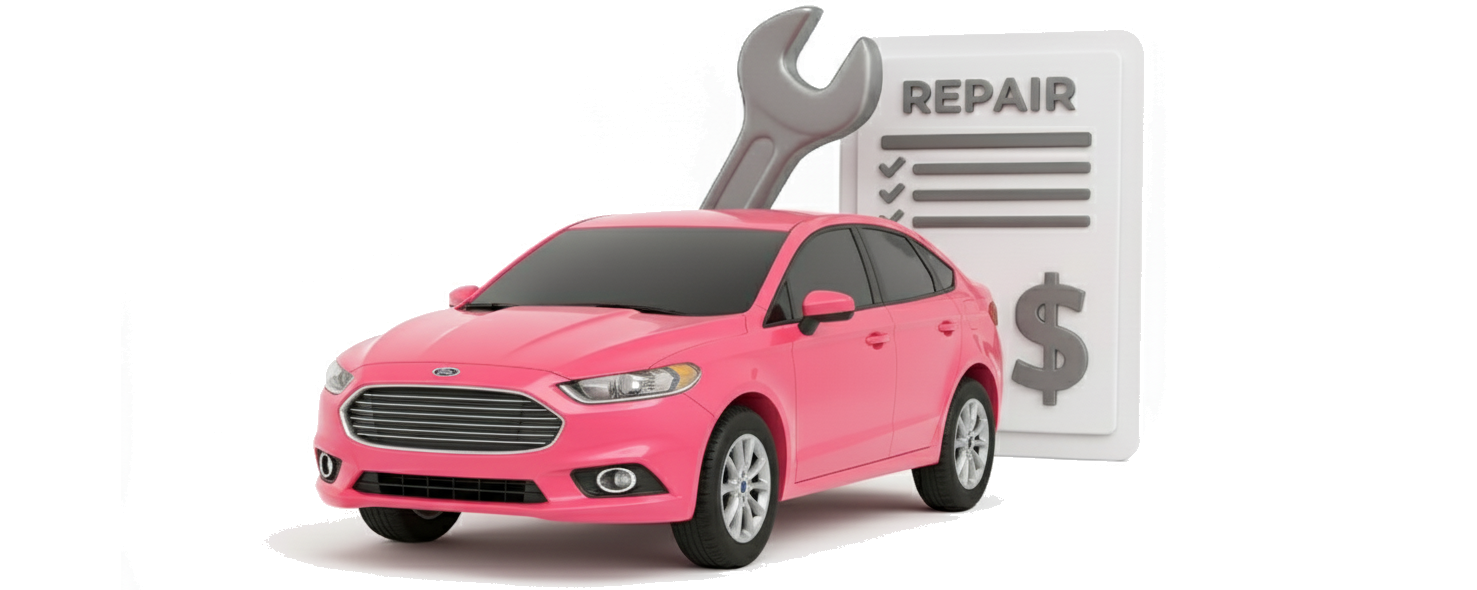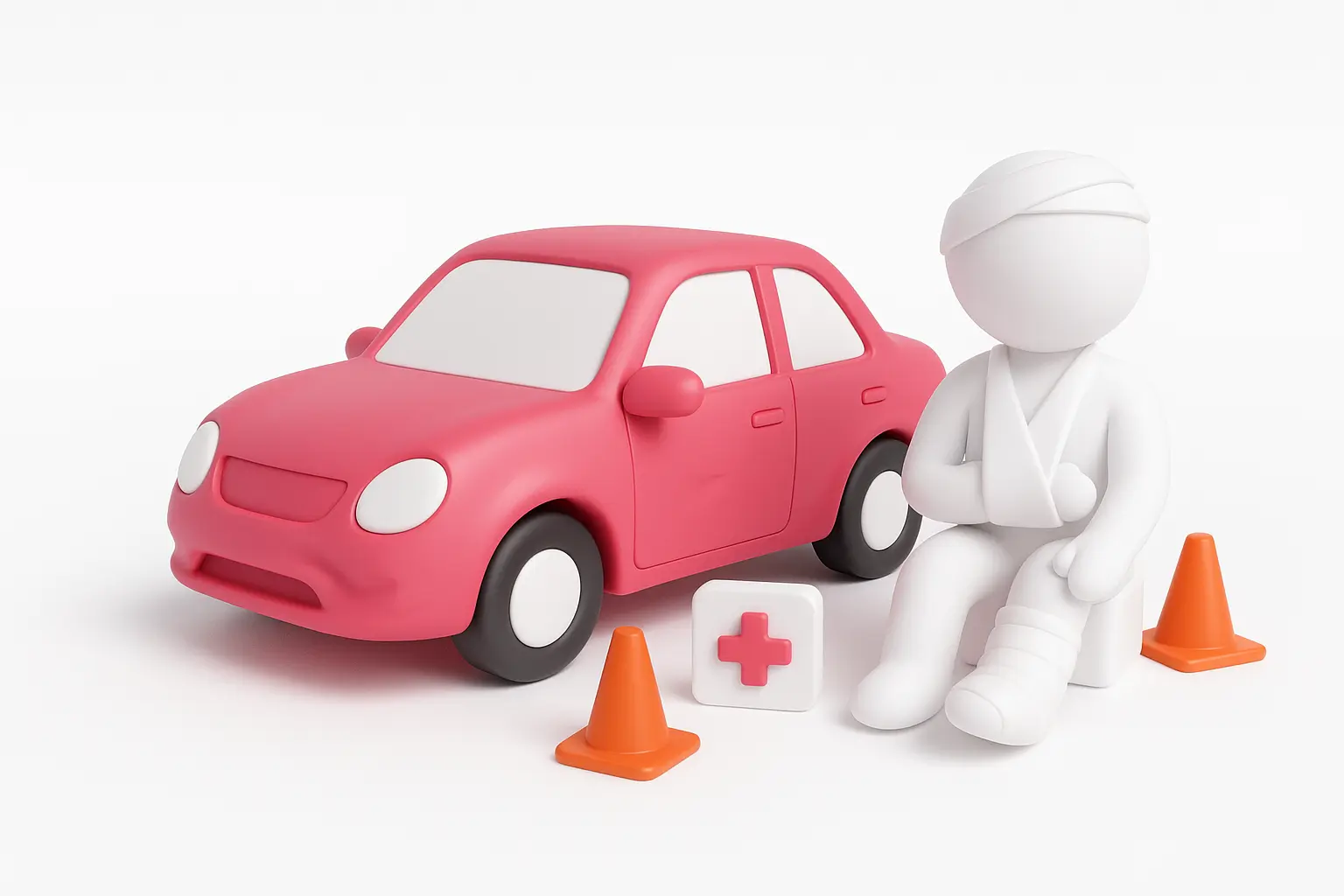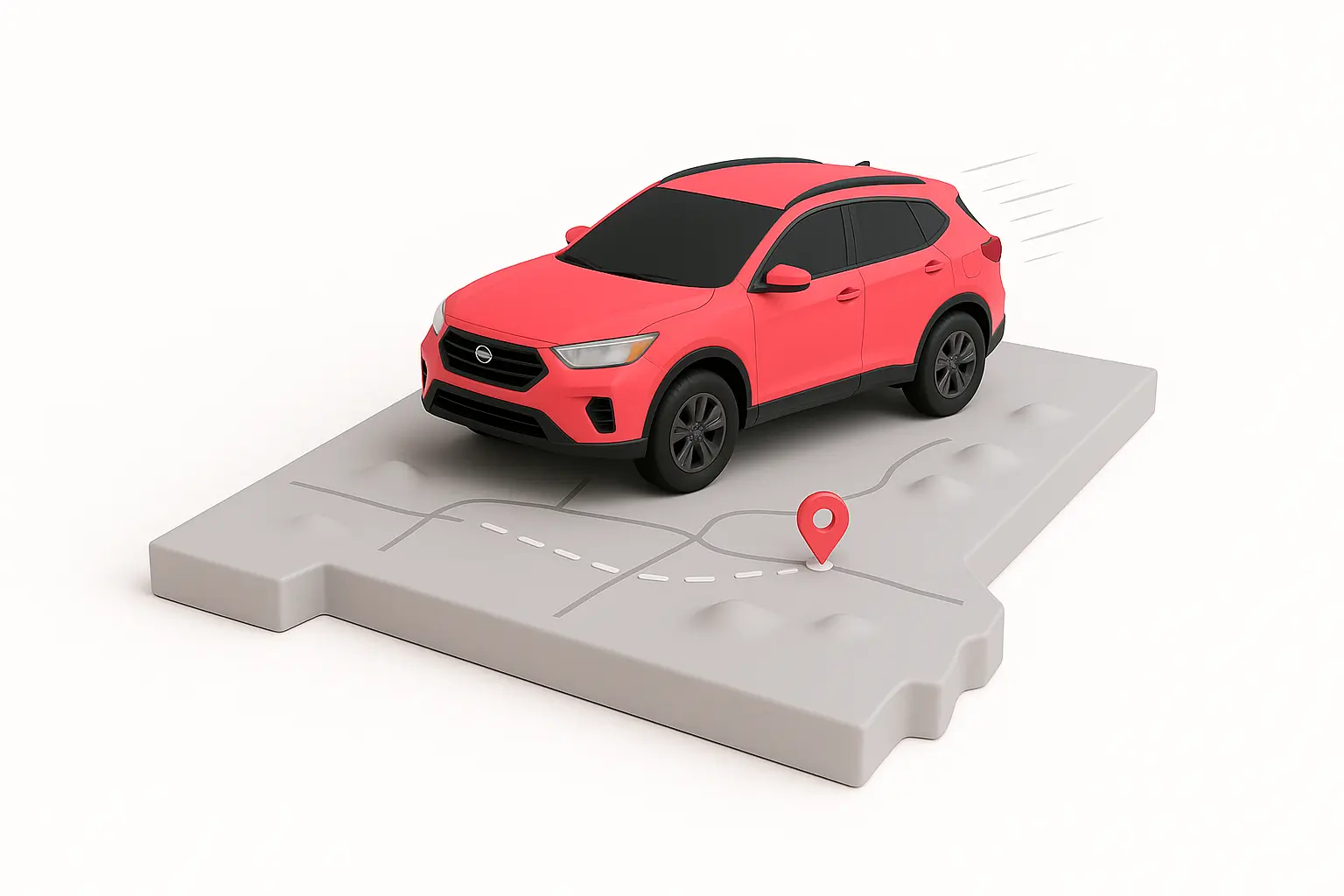If both front or both rear calipers need replacement, expect $238 to $426 for the axle — that’s the typical cost to replace brake caliper pairs. “Repair” (freeing a sticky slide or replacing hardware) can be much cheaper — often $80 to $200 — but in the caliper rebuild vs replace equation, true caliper rebuilds are uncommon at shops due to time and liability.
For more precise costs based on your exact car and location, use a repair estimator tool like the one in the Jerry app to get accurate quotes from shops near you in minutes — no phone calls needed.
What is a brake caliper?
The caliper is the hydraulic clamp that squeezes your brake pads against the rotor to slow the car. When you press the pedal, fluid pressure pushes one or more pistons inside the caliper; the pads bite the rotor and convert kinetic energy into heat. Most daily drivers use floating (sliding) calipers with a single or dual piston. Performance and some luxury cars use fixed calipers with a total of four or six pistons per caliper on both sides for stronger, more consistent clamping.
Symptoms of a failing brake caliper
Jerry customers are seeing that common stuck brake caliper symptoms include:
- Pulling to one side.
- Dragging/brake smell.
- Uneven pad wear.
- Hot wheel.
- Vibration after a drive.
- A soft or long pedal if a seal leaks.
Sometimes it’s not the piston at fault — dry, corroded slide pins or torn boots can make a healthy caliper act seized.
Cost breakdown: why cost varies
Here’s what Jerry customers are finding moves the needle on pricing — and by how much.
Part type: reman vs new OE vs performance:
A remanufactured floating caliper might be $70 to $180 for parts, while a new OE can be $150 to $400+. High-performance or fixed multi-piston units jump to $400 to $1,000+ each.
Vehicle and brake design:
Heavier vehicles and larger brake packages cost more, often adding $100 to $300 per caliper compared with compact cars. Brembo-style fixed calipers or electronic parking brake (EPB) rears can add $150 to $400 due to part cost and procedure.
Replace one or both sides:
It’s common to replace a single failed caliper. Doing pairs can double caliper parts cost but saves a bit of labor overlap (often $40 to $80 saved).
Collateral damage (pads/rotors/hoses):
A seized caliper can glaze pads, warp rotors, or overheat hoses. If inspection finds damage, add:
Pads: $80 to $180 parts per axle.
Rotors: $120 to $320 parts per axle.
Brake hose: $30 to $90 parts per side.
These items can add $150 to $600 to the job depending on diagnosis.
Labor time and local conditions:
Caliper replacement labor is usually 1.0 to 1.8 hours per caliper. Rusty hardware, frozen bleeders, or rounded line fittings can add 0.5 to 1.0 hour easily. Costs will vary according to labor rates.
Bleeding and fluid:
At minimum, the circuit you opened must be bled ($70 to $150). ABS/electronic parking brake procedures sometimes require a scan tool to cycle valves, adding $20 to $80 of labor. If fluid is dark or old, a complete flush ($90 to $180) is smart insurance.
Cores, taxes, shop fees:
Reman calipers include a refundable core. Taxes and shop supplies/fees typically add 5% to 12% to parts/labor.At minimum, the circuit you opened must be bled ($70 to $150). ABS/electronic parking brake procedures sometimes require a scan tool to cycle valves, adding $20 to $80 of labor. If fluid is dark or old, a complete flush ($90 to $180) is smart insurance.
Download the Jerry app to diagnose your situation more accurately and estimate any needed repairs.
Your action plan: how to save money
You don’t need to green-light the most expensive option to be safe. Use these steps to keep costs fair without compromising performance.
Confirm the diagnosis.
Ask the shop to show you the evidence: inner vs outer pad thickness, a stuck slide pin, a heat-spotted rotor, or a leaking piston seal.
Choose the right part tier (reman vs new caliper).
For most commuters, a reman OE-equivalent floating caliper is the smart value. Save the premium new caliper for late-model luxury/performance cars still under warranty or when remans are unavailable.
Bundle smart.
If fluid is due, combine the flush with caliper work — you’ll pay for bleeding anyway. If rotors are near minimum thickness, replace now to avoid another labor hit and another alignment of parts later.
Get a second quote.
Because Jerry tracks live pricing, we can help you compare parts options (reman vs new OE), verify reasonable labor time, and flag outlier quotes before you commit.
Related repairs and inspections
Caliper problems often travel with other brake jobs. Jerry customers are coming across these items that commonly share labor or get discovered during the same inspection:
- Brake pads and rotors: $322 to $586 per axle depending on vehicle and parts tier.
- Brake fluid flush: $90 to $180; recommended every two to three years or when moisture/boiling point tests fail.
- Brake hose replacement cost: $116 to $145 installed if aged, cracked, or internally collapsed.
- Caliper slide pin service/hardware kit: $80 to $150 when pins seize or boots tear.
- Wheel bearing/hub (if heat damage occurred): $238 to $453.
- Steel brake line repair (rusty regions): $300 to $1,000+ depending on length and routing.
Catching a sticky caliper early can keep the job in the cheaper range.

DIY vs. pro: can I do this myself?
If you’ve done pads/rotors and are comfortable bleeding brakes, a floating caliper swap is approachable. Fixed multi-piston calipers, EPB rears, or rusty brake lines are another story. Either way, use Jerry’s tools to get clarity on parts and labor rates. Here’s a quick comparison to help you decide.
If you DIY, use new copper washers on banjo bolts, torque slide pins and bracket bolts to spec, keep friction surfaces clean, and road-test with progressive stops in a safe area.
What our customers are asking
-
Do I have to replace both calipers on the same axle?
-
Can I drive with a sticking caliper?
-
What’s the difference between repairing and replacing a caliper?
-
Will I need a brake fluid flush after caliper work?
-
How long do calipers last?
-
Do I need an alignment after a caliper replacement?
-
Why did my quote include a core charge?

Steve Kaleff began working on cars at the very young age of nine years old, when his dad actually let him make fixes on the family car. Fast forward to the beginning of a professional career working at independent repair shops and then transitioning to new car dealerships. His experience was with Mercedes-Benz, where Steve was a technician for ten years, four of those years solving problems that no one could or wanted to fix. He moved up to shop foreman and then service manager for 15 years. There have been tremendous changes in automotive technology since Steve started his professional career, so here’s looking forward to an electric future!

Nick Wilson is an editor, writer, and instructor across various subjects. His past experience includes writing and editorial projects in technical, popular, and academic settings, and he has taught humanities courses to countless students in the college classroom. In his free time, he pursues academic research, works on his own writing projects, and enjoys the ordered chaos of life with his wife and kids.









